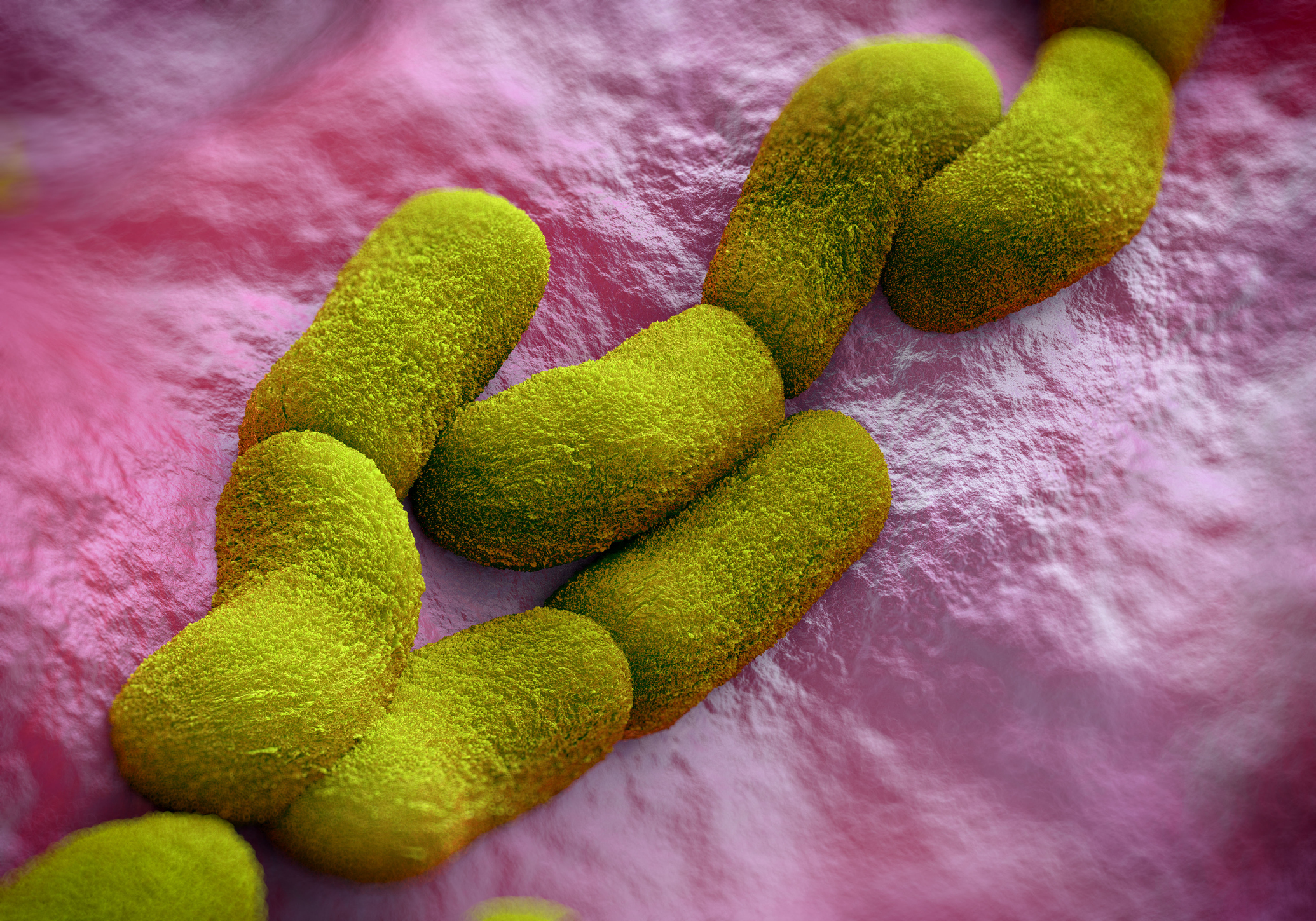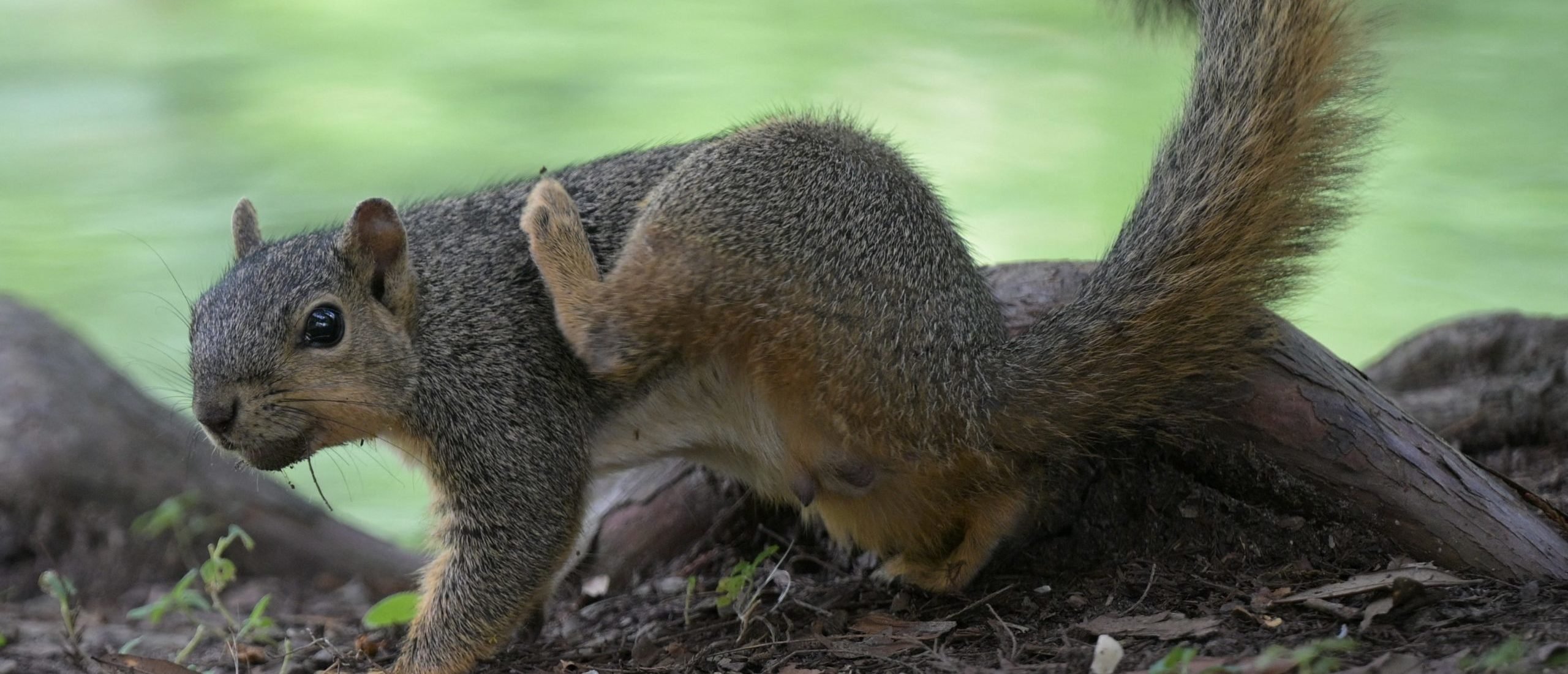Historical Impact of the Plague in Colorado

The plague in colorado – The plague arrived in Colorado in 1908, likely carried by infected rats on ships from Asia. It quickly spread throughout the state, primarily affecting the cities of Denver, Pueblo, and Trinidad. The plague had a devastating impact on human populations, causing widespread illness and death.
The plague also had a significant impact on the environment. The infected rats and fleas that carried the disease caused a decline in rodent populations, which in turn led to an increase in the number of predators, such as coyotes and bobcats. This disruption of the ecosystem had long-lasting effects on the state’s wildlife.
Historical Accounts, The plague in colorado
Numerous historical accounts and anecdotes illustrate the impact of the plague on individuals and communities in Colorado. One such account is the story of Dr. Victor C. Vaughan, a bacteriologist who was sent to Denver to investigate the outbreak. Vaughan witnessed firsthand the horrors of the plague, describing it as “a disease that strikes terror into the hearts of all who come in contact with it.”
Another account is that of Mary Mallon, known as “Typhoid Mary,” who was a cook who unknowingly spread the plague to several people in Denver. Mallon was eventually quarantined for the rest of her life, becoming a symbol of the dangers of infectious diseases.
Current Management and Prevention of the Plague in Colorado

The Colorado Department of Public Health and Environment (CDPHE) conducts ongoing surveillance and monitoring programs to detect and track the presence of the plague in the state. These programs involve collecting and testing fleas, rodents, and other animals for the presence of the plague bacterium. The CDPHE also works with local health departments to investigate cases of human plague and to implement control measures to prevent further spread of the disease.
Public health agencies play a critical role in preventing and controlling the spread of the plague. They conduct educational campaigns to inform the public about the risks of the plague and how to protect themselves from exposure. They also work with landowners and businesses to implement rodent control measures and to reduce the risk of human exposure to fleas.
Guidelines for Individuals to Protect Themselves from Exposure to the Plague
Individuals can take several steps to protect themselves from exposure to the plague, including:
- Proper rodent control: Seal up holes and cracks in your home or cabin to prevent rodents from entering. Remove potential food sources for rodents, such as pet food, birdseed, and garbage.
- Outdoor safety measures: When hiking or camping in areas where the plague is known to be present, wear long pants, long sleeves, and closed-toe shoes. Avoid contact with rodents and their nests. Keep pets on a leash and away from rodents.
In the wake of the plague that ravaged Colorado, the city’s inhabitants faced a grim choice. Should they seek refuge in the bustling streets of Philadelphia or the vibrant metropolis of Chicago? While the debate raged on, the plague’s relentless grip tightened, leaving behind a trail of desolation and despair.
Philadelphia vs Chicago , a comparison of two vastly different cities, became a desperate attempt to find solace amidst the chaos.
The plague in Colorado ravaged the land, leaving behind a trail of desolation. Yet, amidst the chaos, a glimmer of hope emerged from an unlikely source: Charlotte FC. Their triumph over Inter Miami ignited a spark in the hearts of the people, reminding them that even in the darkest of times, resilience and determination can prevail.
And so, as the plague continued to wreak havoc, the memory of Charlotte FC’s victory served as a beacon of hope, guiding the people of Colorado towards a brighter future.